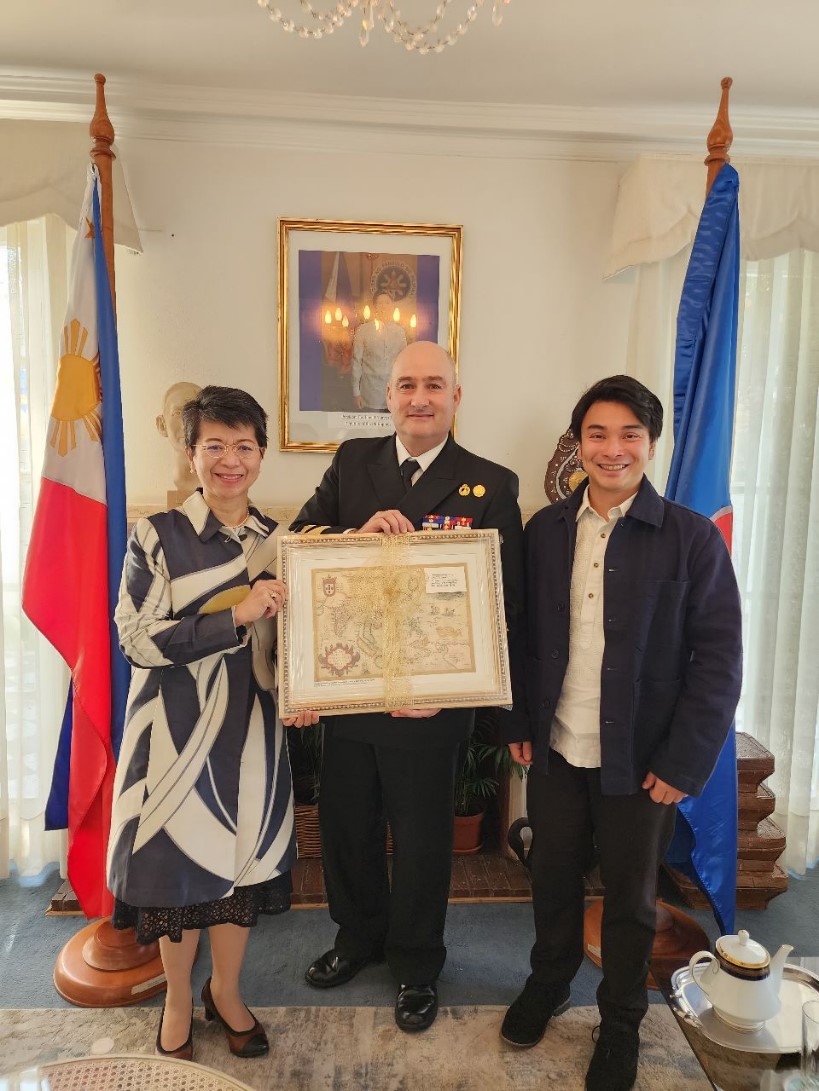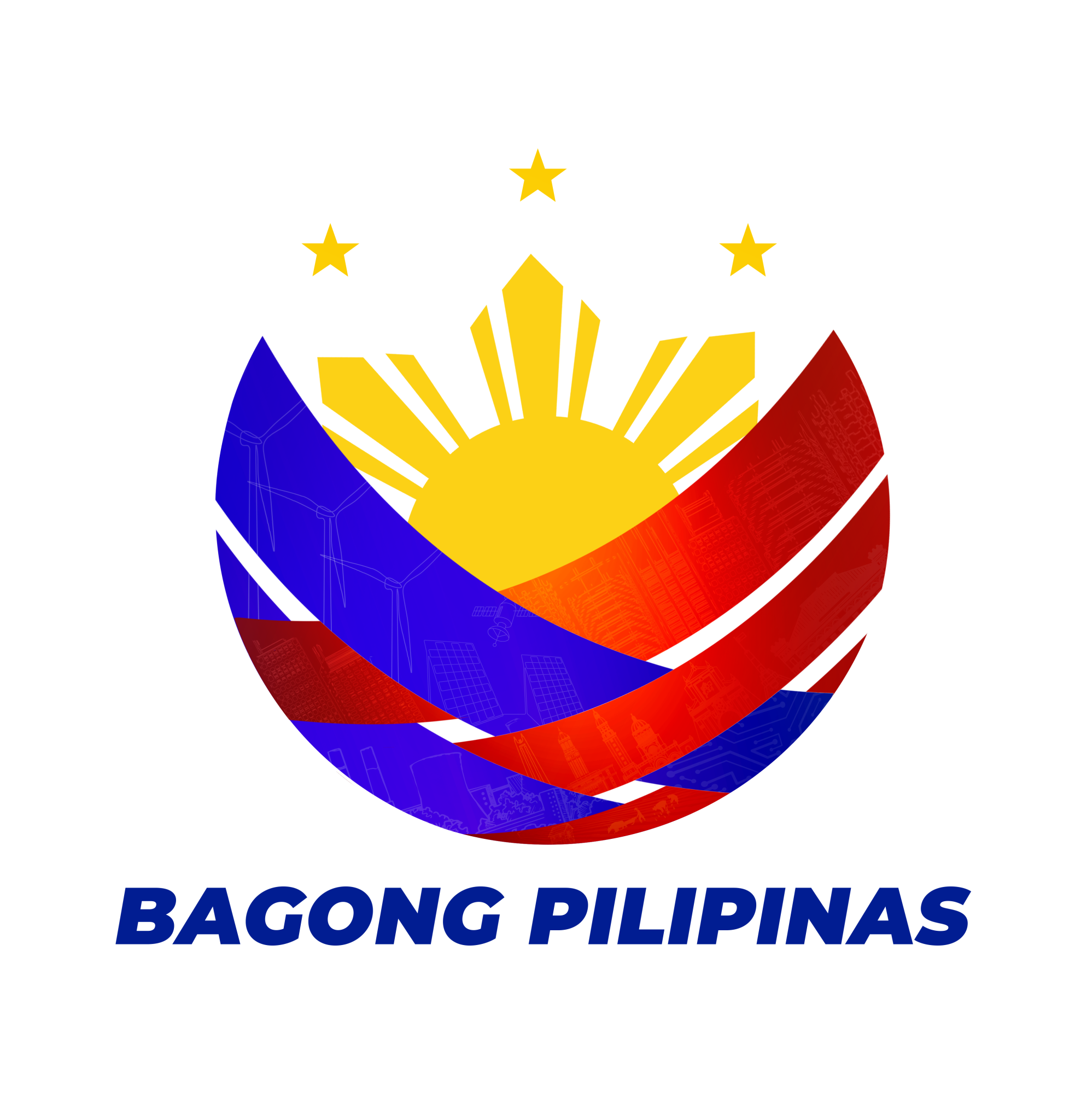Philippines and Chile Hold 1st Meeting on Disaster Preparedness and Early Warning Systems for Earthquakes and Tsunamis

Participants from the PHL and CHL Embassies, DFA-OAA, DND, OCD, NDRRMC, and SHOA pose for a group photo following the successfully concluded Philippines-Chile 1st Meeting on Disaster Preparedness and Early Warning Systems for Earthquakes and Tsunamis hosted by Santiago PE
SANTIAGO 10 August 2023 – As part of its politico-security initiatives and as a project held under the Philippines-Chile MOU on Cooperation in Disaster Risk Reduction and Management (DRRM), the Philippine Embassy in Chile hosted the first-ever online Introductory Meeting on Disaster Preparedness and Early Warning Systems for Earthquakes and Tsunamis between the PHL’s National Disaster Risk Reduction and Management Council (NDRRMC) and the Chilean Navy’s Hydrographic and Oceanographic Service (SHOA) on 08 August 2023 (8am Chile time / 8pm Manila time).
In her opening remarks, PHL Ambassador to Chile H.E. Celeste Vinzon-Balatbat underlined the “timeliness of the NDRRMC and SHOA meeting as the Philippines continues to manage the residual effects and flooding from the most recent typhoon and as Chile equally deals with similar challenges from heavy rainfall some two months prior.” She expressed optimism that both sides would highly benefit from each other’s best practices in disaster preparedness and early warning protocols vis-à-vis quakes and tsunamis, and, most importantly, come up with ways forward to formalize cooperation and partnerships between Philippine and Chilean DRRM institutions and stakeholders.
SHOA Director Rear Admiral Arturo Oxley echoed the PHL Ambassador’s sentiments and expressed his agency’s delight to participate in such a landmark engagement between the two countries. He assured all attendees of SHOA’s ready cooperation and eagerness to share its best practices with the PHL side, as well as to learn from the PHL’s own.
SHOA’s Deputy Director Captain Carlos Zuñiga provided an overview of SHOA as an institution and the long history of massive quakes and tsunamis that have devastated Chilean coastal and non-coastal regions. He described how these frequent calamities fundamentally gave birth to the country’s DRRM institutions and nationwide preparedness protocols, including those of SHOA. He presented slides and videos which illustrated the varying degrees and levels of devastation tsunamis or storm surges are capable of inflicting, especially those with longer periods and intervals. He also showed Chile’s classification system for tsunami alerts and ensuing action—ranging from Instrumental (<.3m), Minor (0.3-1m), Intermediate (1-3m) to Major (>3m)—which require specific stages of coastal alerts and logistics. Explaining their segmented approach to coastal evacuations, Captain Zuñiga showed how SHOA divided Chile into 21 geographical blocks to more precisely calibrate response under their pre-modeled tsunami scenarios or SIPAT.
Captain Zuñiga explained how SHOA’s SNAM (National System for Tsunami Alerts) constantly liaises with domestic, regional, and global networks, such as Chile’s National Disaster Management Office, the Southeast Pacific Regional Cooperation, National Mareographic Network, and the National Oceanic and Atmospheric Administration, among others. Lastly, he listed the key pillars which enable SHOA’s SNAM to be among the best in the world in what they do: 1) Advanced technology systems, with national scientific contribution, 2) High level of professionalism and training, 3) Redundancy in monitoring, command/control and communication systems, 4) High cost of maintenance and renovation, and 5) Operation under national and international protocols.
To provide a bird’s eye view of the institutional set-up and the overall disaster risk profile of the Philippines, OCD Assistant Secretary Hernando M. Caraig, Jr. and Mr. Ryan Christopher P. Viado described scenarios on recent natural and human-induced calamities which have devastated the country as of late, alongside concrete data on casualties, injuries, as well as the estimated cost of property damage of each disasters. Equally important, NDRRMC underscored the crucial paradigm shift on the part of the PHL as regards its DRRM approach, mandated by R.A. 10121 or the PHL DRRM Act. NDRRMC explained how R.A. 10121 shifted the PHL’s disaster approach from a “reactive, response-focused backdrop toward a more proactive, bottom-up, participatory, and integrated approach.”
SHOA’s and NDRRMC’s presentations were closely followed by a substantive Q&A and by Ambassador Balatbat’s summary of key points to learn from each other, such as: NDRRMC’s focus on developing disaster resilient communities, constant innovation, and efforts to secure the buy-in of all stakeholders. She also identified SHOA’s best practices that can be adapted by PHL agencies dealing with disaster risk management: training and drills; redundancy of communications; cooperation with other countries, international institutions, and universities; coordination within Chilean government networks through specific protocols; investment in tech and facilities; and, the use of data to forecast the impact of a seismic and/or tsunami event.
Chilean Ambassador to the PHL H.E. Alvaro Jara closed the meeting by noting NDRRMC’s and SHOA’s “shared mission and challenge to protect human lives” and by highlighting the “sense of pride” the Philippines and Chile share in having such strong institutions overseeing their respective DRRM mandates. Ambassador Jara also proposed that the two agencies prepare a shopping list of areas of interest in each other’s work, particularly their best practices.
To help connect the said agencies, Ambassador Balatbat offered to have the Philippine Embassy in Santiago put together a directory of contacts and to facilitate future engagements between NDRRMC and SHOA as well as Chile’s Servicio Nacional de Prevencion y Repuestas Ante Desastres (SENAPRED), the CHL agency taking the lead in all matters related to DRRM.
Also in attendance during the online meeting were officials from the PHL Office of Civil Defense’s (OCD) operations, capacity-building, and planning offices, as well as other officials from DND, DFA-Office of American Affairs and the PHL and CHL Embassies in Santiago and Manila.
The first-ever online Introductory Meeting on Disaster Preparedness and Early Warning Systems for Earthquakes and Tsunamis was formally capped in the afternoon of 08 August 2023 (CHL time) by a personal visit of SHOA Director Rear Admiral Oxley to the Philippine Chancery in Las Condes to discuss ways forward to foster cooperation between SHOA and NDRRMC, including an offer to arrange a visit to SHOA’s facilities. END

Rear Admiral Oxley, Director of SHOA (center), receives a token of appreciation from Ambassador Celeste Vinzon-Balatbat (exreme left) and First Secretary & Consul Dennis John C. Briones (extreme right) during his visit to the PHL Embassy in Santiago
For more information, visit https://www.santiagope.dfa.gov.ph or https://www.facebook.com/PHinChile.

